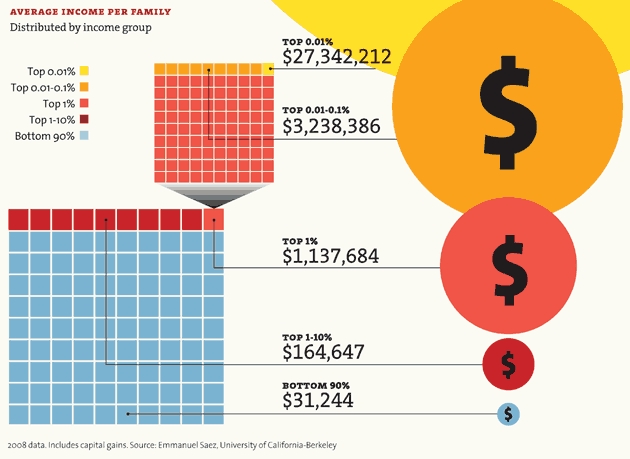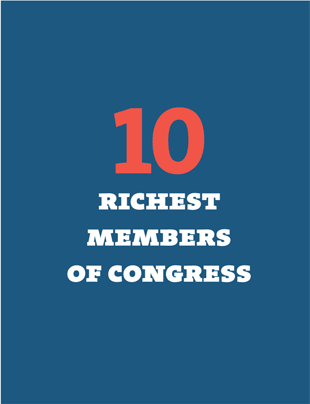| From WickedLocal Cambridge: |
But for a handful of educators and activists just outside the university gates, the event wasn’t a reason for celebration.
Close to 60 protesters gathered in Harvard Square to speak up against Duncan’s policies as secretary of education — policies, they said, that depend too much on standardized testing.
“We are here to let the world know about the problems that he’s caused for our teachers and our families,” Liza Womack said. Womack — herself a Harvard alum, an elementary schoolteacher and an organizer for Speak out for Public Education — emceed speeches by educators, activists and local politicians.
Many of the speeches were critical of the federal Race to the Top program, which awards grant funding to states that meet certain criteria, including developing testing standards to evaluate teacher performance.
In his speech, Alfie Kohn called the program “operation discourage bright people from wanting to teach.”
“There’s so much more to education and public education than what you can measure in a standardized test,” Cambridge School Committee member Marc McGovern said just before the protests started. “We are losing creativity, collaboration and critical thinking skills. We have to focus on all the things that don’t fit into a nice, neat little box.”
In a fiery speech of his own, former City Councilor and current council candidate Larry Ward urged the crowd to “keep fighting, keep fighting and keep fighting.”
“Arne, get out of our lives and get out of education,” he said.













